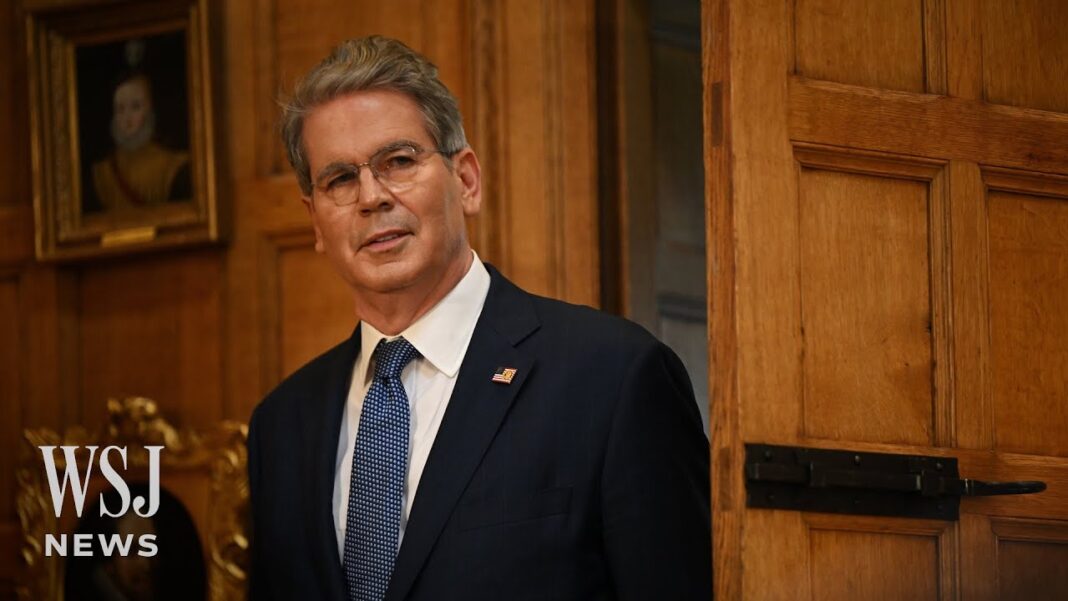Commentary
Russian planes recently flew into Polish and Romanian airspace to test NATO’s resolve while the world veers toward a conflict in Asia—one that could be far worse than the situation in Ukraine—where true deterrence and resolve remain largely absent.
Let’s backtrack a little. On Sept. 3, Beijing staged a military extravaganza to parade a full suite of fearsome weapons. Many journalists were awed, and some defeatist experts advocated Chamberlainian appeasement. Others, mostly China observers, tried decoding the seating plan of senior Chinese Communist Party (CCP) officials atop Tiananmen Square for clues about the power struggles in Zhongnanhai.
However, what is often overlooked in the discussion about the event is that it represents the financing and support mechanisms behind a new type of quasi-world war. The ongoing Russia–Ukraine war is one example, and the potential invasion of Taiwan by the Chinese regime is another. Let’s explore this further.
The Xinhua images of the Sept. 3 event, featuring Chinese leader Xi Jinping, Russian President Vladimir Putin, and North Korean leader Kim Jong Un consorting in solidarity, should be interpreted as a calculated response to the new tripartite model the West has devised for militarily supporting Ukraine. That model conveys that Kyiv identifies its military hardware needs, European allies provide the financing, and the United States produces and delivers the hardware.
The Beijing event showcased a parallel model: Moscow requests war materiel, including troops, China and North Korea supply them in exchange for cheap Russian energy, with India and a few other countries dipping in. Thus, even though the war’s actual fighting is confined within Ukraine and Russia, its financing involves a much wider array of adversarial states. The coalitional symmetry in this financing mechanism can prolong the bloody conflict indefinitely, which Russia and Ukraine, if left to their own devices, cannot achieve.
A way to stop the war is to break that symmetry, which seems to be the goal of U.S. President Donald Trump’s “secondary tariffs.” On Aug. 6, he doubled the headline tariff on India to 50 percent for buying cheap Russian oil. It is showing results. India reportedly bought much less Russian oil in August. Notably, Indian Prime Minister Narendra Modi, who attended the Shanghai Cooperation Organization meeting in Tianjin from Aug. 31 to Sept. 1, quietly skipped the Sept. 3 military parade.
Now, Trump is pressuring Europe to immediately end its remaining reliance on Russian energy and join him in a similar effort against Beijing, and has called for imposing up to 100 percent additional tariffs on China for buying Russian crude oil. The EU leadership is not yet entirely on board, but has proposed to advance its target of ending all energy imports from Russia from 2027 to 2026 or even sooner.
But whatever happens to the war in Ukraine, the world would not be okay even when Putin agrees to call it quits, because Xi has all the intentions to do a sequel. Xi’s primary interest in supporting Russia lies in an expected reciprocation from Moscow if China invades Taiwan. What would a China–Taiwan war look like?







